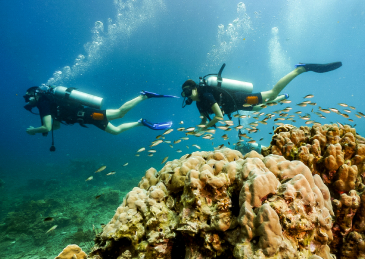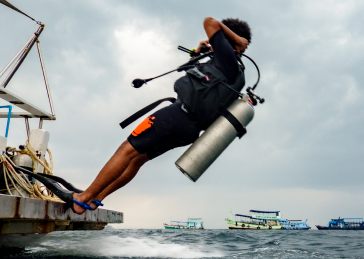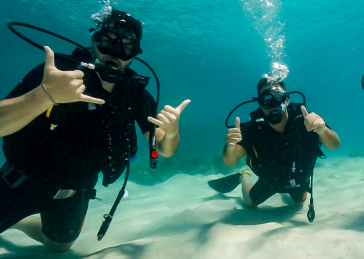Modified 10th June 2025
Por qué las tortugas marinas son importantes para un océano sano
Understanding exactly why sea turtles are important for a healthy ocean reveals the intricate connections within marine ecosystems. These remarkable creatures have survived for over 100 million years, making them living witnesses to Earth’s evolutionary history. Their continued existence depends on healthy oceans, while healthy oceans depend on their ecological contributions. Locations like Koh Tao’s marine environments provide perfect examples of these interconnected relationships.
Sea turtles face unprecedented threats from human activities, making their conservation critical not just for their survival, but for the entire ocean ecosystem’s wellbeing.
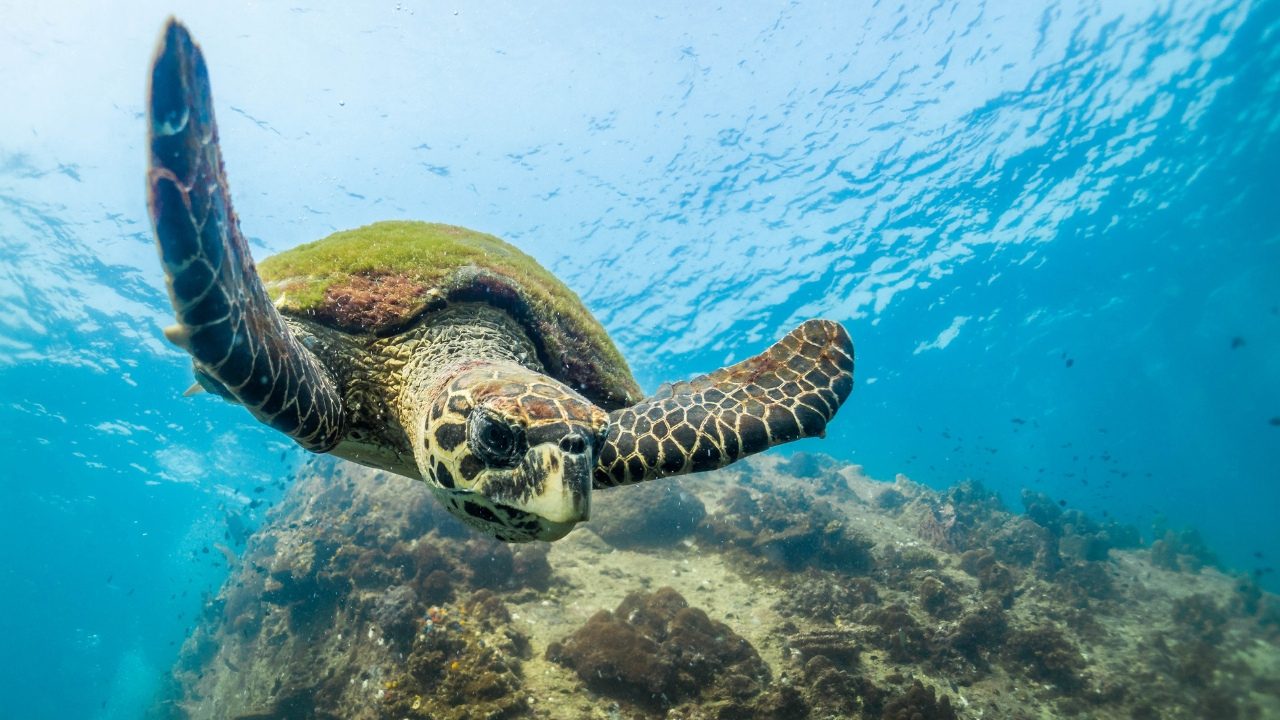
Sea Turtles as Keystone Species
What Makes Sea Turtles Keystone Species?
A keystone species has a disproportionately large impact on ecosystem structure and function relative to its abundance. Sea turtles exemplify this concept perfectly – their removal would trigger cascading effects throughout marine food webs, fundamentally altering ocean ecosystems.
Leatherback turtles consume massive quantities of jellyfish, preventing jellyfish blooms that could devastate fish populations and disrupt marine food chains.
Green turtles graze on seagrass beds, promoting healthy growth patterns and preventing overgrowth that could lead to die-offs and habitat loss.
Hawksbill turtles feed on sponges that compete with corals for space, helping maintain healthy coral reef ecosystems essential for marine biodiversity.
Nesting turtles transport marine nutrients to beaches, enriching coastal vegetation and supporting dune stabilization that protects shorelines.
Marine Food Web Dynamics
Sea Turtle Impact Across Ocean Layers
Sea turtles operate across all ocean layers, creating vital connections throughout marine ecosystems
The complexity of why sea turtles are important for a healthy ocean becomes clear when examining their role in marine food webs. Different turtle species occupy distinct ecological niches, each contributing uniquely to ocean health. Understanding optimal seasons for marine observation helps researchers study these vital interactions:
| Turtle Species | Primary Diet | Ecosystem Impact | Habitat Benefit |
|---|---|---|---|
| Leatherback | Jellyfish | Controls jellyfish populations | Prevents ecosystem disruption |
| Green Turtle | Seagrass, algae | Maintains seagrass health | Supports marine nurseries |
| Hawksbill | Sponges | Reduces coral competition | Promotes coral reef growth |
| Loggerhead | Crustaceans, mollusks | Controls shellfish populations | Maintains seafloor balance |
Biodiversity and Genetic Diversity
Sea turtles serve as mobile ecosystems, carrying diverse communities of organisms as they migrate across ocean basins. Barnacles, algae, and small crustaceans hitchhike on turtle shells, creating floating habitats that support biodiversity in open ocean environments where life is typically sparse. Different diving experiences allow researchers and tourists to observe these relationships at various ocean depths.
Their long-distance migrations facilitate genetic exchange between distant populations, maintaining genetic diversity crucial for species resilience. This genetic mixing helps marine populations adapt to changing environmental conditions and resist disease outbreaks.
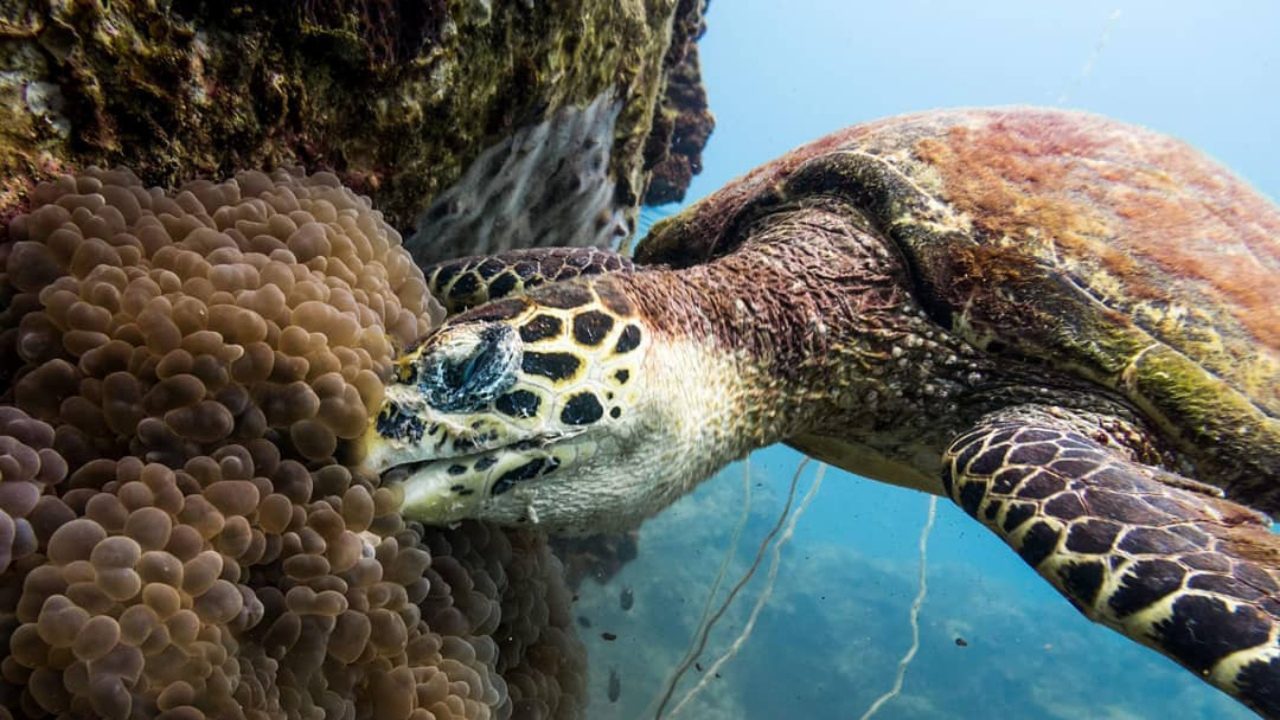
Interactive Ocean Health Assessment
Calculate Sea Turtle Conservation Impact
Assess how sea turtle conservation efforts affect overall ocean health using this interactive tool:
Major Threats to Sea Turtles
Critical Challenges Facing Sea Turtle Populations
Coastal development destroys nesting beaches while artificial lighting confuses hatchlings, causing them to crawl away from the ocean toward roads and buildings.
Plastic debris resembles food sources, leading to ingestion that can cause internal injuries, blockages, and death. Microplastics affect entire food chains.
Rising sand temperatures feminize hatchling populations, while sea level rise and increased storm intensity destroy nesting sites and alter ocean currents.
Commercial fishing operations accidentally capture turtles in nets and on hooks, often resulting in injury or death before they can be released.
Despite international protection laws, sea turtles are still hunted for their shells, meat, and eggs, putting additional pressure on vulnerable populations.
Increased boat traffic in turtle habitats leads to collisions that can injure or kill turtles, particularly in shallow coastal areas and near popular dive sites.
Without sea turtles, marine ecosystems face cascading failures. Jellyfish populations could explode, overwhelming fish stocks. Seagrass beds might become overgrown and die off, eliminating crucial nursery habitats. Coral reefs could be smothered by competing sponges. Understanding why sea turtles are important for a healthy ocean means recognizing these interconnected risks to all marine life.
Conservation Strategies That Work
Proven Methods for Sea Turtle Protection
Beach Protection
Establish protected nesting areas with lighting ordinances and limited development to ensure safe reproduction cycles.
Plastic Reduction
Implement comprehensive plastic bans and promote alternatives to reduce marine debris that threatens turtle survival.
Fishing Reforms
Require turtle-excluding devices and promote sustainable fishing practices that minimize bycatch incidents.
Climate Action
Support global efforts to reduce greenhouse gas emissions and protect ocean ecosystems from warming effects.
Education Programs
Raise awareness about turtle importance through community outreach and marine conservation education initiatives.
Research Support
Fund scientific studies that improve understanding of turtle behavior, migration patterns, and conservation needs.
How You Can Make a Difference
Individual actions collectively create significant impacts when multiplied across communities. Here are practical ways to support sea turtle conservation and demonstrate why sea turtles are important for a healthy ocean. Many conservation-minded travelers choose to visit dedicated marine conservation areas to support these efforts directly:
- Reduce plastic consumption: Use reusable bags, bottles, and containers to minimize marine debris
- Choose sustainable seafood: Support fisheries certified by the Marine Stewardship Council
- Participate in beach cleanups: Remove debris that could harm turtles and other marine life
- Support turtle-friendly lighting: Advocate for amber LED lights in coastal communities
- Donate to conservation organizations: Fund research and protection programs worldwide
- Practice responsible tourism: Choose eco-friendly dive operators and tour companies
- Educate others: Share knowledge about turtle conservation with friends and family
Experience why sea turtles are important for a healthy ocean firsthand with La Bombona Diving in Koh Tao!
Koh Tao’s waters provide critical habitat for hawksbill and green turtles. Our expert divemasters will show you these magnificent creatures while teaching responsible underwater interaction techniques that support conservation efforts. Whether you’re planning to travel to this conservation hotspot or seeking the best dive sites for turtle encounters, La Bombona Diving provides expert guidance for meaningful conservation experiences.
- Expert guidance on sea turtle identification and behavior
- Responsible wildlife interaction training
- Support for local marine conservation initiatives
- Small group sizes for minimal environmental impact
- Professional underwater photography opportunities
- Marine biology education from certified instructors
- Contribution to turtle monitoring and research programs
- Sustainable diving practices that protect marine habitats
Join our conservation-focused diving experiences and help protect the ocean’s most important keystone species!
Find Some TurtlesTry Dive from ฿2,500 | Perfect for witnessing sea turtle conservation efforts
Sea Turtles as Ocean Health Indicators
Scientists consider sea turtles “indicator species” because their health reflects the overall condition of marine ecosystems. Declining turtle populations often signal broader environmental problems affecting all ocean life. The best times for marine observation coincide with peak turtle activity periods, providing optimal opportunities for research and conservation monitoring.
When turtle populations thrive, it indicates:
- Healthy seagrass beds supporting diverse marine communities
- Balanced predator-prey relationships in marine food webs
- Clean waters free from harmful pollution levels
- Stable coastal environments suitable for reproduction
- Functional coral reef ecosystems supporting biodiversity
Conversely, declining turtle numbers warn of ecosystem stress that threatens all marine species, making their conservation essential for ocean health.
Climate Change and Temperature-Dependent Sex Determination
One of the most concerning aspects of why sea turtles are important for a healthy ocean relates to climate change impacts on their reproduction. Sea turtles exhibit temperature-dependent sex determination, where sand temperature during incubation determines hatchling gender.
Current warming trends are creating alarming imbalances:
- Cooler temperatures (below 29°C): Produce male hatchlings
- Warmer temperatures (above 29°C): Produce female hatchlings
- Rising global temperatures: Result in increasingly female-dominated populations
Some beaches now produce 95% female hatchlings, threatening future reproduction as insufficient males remain to maintain viable breeding populations.
Global Conservation Success Stories
Despite challenges, conservation efforts demonstrate positive outcomes when communities unite to protect sea turtles:
| Location | Conservation Method | Population Impact | Ecosystem Benefit |
|---|---|---|---|
| Costa Rica | Protected nesting beaches | 500% increase in leatherbacks | Restored jellyfish population control |
| Australia | Fishing gear modifications | 80% reduction in bycatch | Maintained seagrass grazing patterns |
| Mediterranean | Marine protected areas | Stable loggerhead populations | Preserved seafloor ecosystems |
| Thailand | Community-based conservation | Recovering hawksbill numbers | Healthier coral reef systems |
Economic Value of Sea Turtle Conservation
Understanding why sea turtles are important for a healthy ocean includes recognizing their economic contributions through ecotourism and ecosystem services. Healthy turtle populations support sustainable tourism, with many visitors seeking diverse diving experiences to observe these magnificent creatures:
- Dive tourism: Generating billions in annual revenue worldwide
- Coastal protection: Maintained by turtle-supported seagrass beds
- Fisheries sustainability: Through balanced marine ecosystems
- Carbon sequestration: Via healthy seagrass and coral habitats
- Research opportunities: Advancing marine science and conservation
For those interested in supporting turtle conservation through responsible tourism, learning about conservation area development provides valuable context for modern protection efforts.
Preguntas frecuentes
The Future of Sea Turtle Conservation
The future of sea turtle conservation depends on global cooperation, innovative solutions, and sustained commitment to ocean protection. Emerging technologies like satellite tracking, genetic analysis, and artificial intelligence enhance our understanding of turtle behavior and conservation needs. Visitors can experience firsthand conservation efforts by exploring rich marine biodiversity areas where sea turtle conservation is a high priority.
Key priorities for future conservation include:
- Expanding marine protected areas to cover critical habitats
- Developing climate-resilient nesting beach management
- Advancing sustainable fishing technologies
- Strengthening international cooperation and enforcement
- Investing in community-based conservation programs
- Supporting scientific research and monitoring
Understanding why sea turtles are important for a healthy ocean motivates action at every level, from individual choices to global policy. These ancient mariners have witnessed Earth’s changes for millions of years – their survival now depends on our commitment to protecting the oceans they call home. For those ready to take action, visiting key marine habitats provides opportunities to support conservation through responsible ecotourism.
Every action taken to protect sea turtles simultaneously protects the entire ocean ecosystem, ensuring healthy seas for future generations. Whether through supporting conservation organizations, making sustainable lifestyle choices, or simply sharing knowledge about their importance, everyone can contribute to preserving these remarkable keystone species and the vibrant ocean ecosystems they sustain. For those planning to visit marine conservation areas, responsible tourism directly supports ongoing protection efforts.
Bucea con LBD: tu puerta a la exploración submarina
Whether you’re a curious beginner or a seasoned pro, our school is your portal to the wonders of scuba diving. Join us into the world beneath the waves.
¿LISTO PARA EMPEZAR?
Consulta nuestros cursos de buceo en Koh Tao
